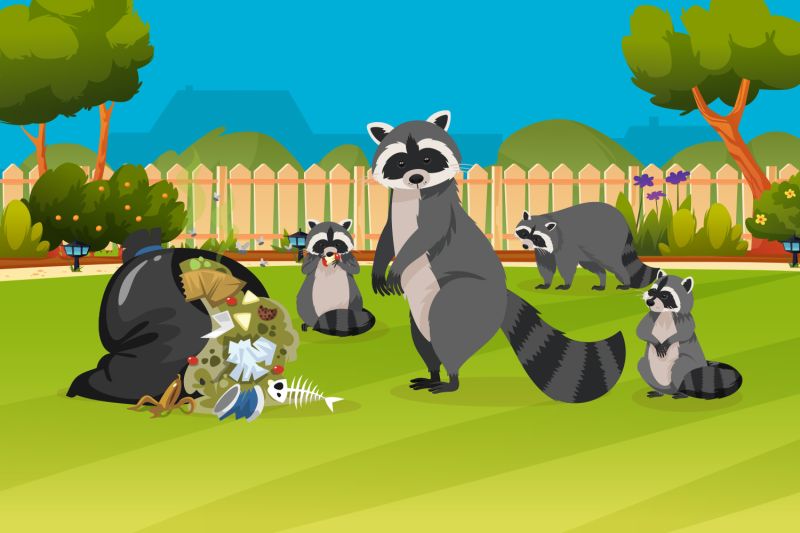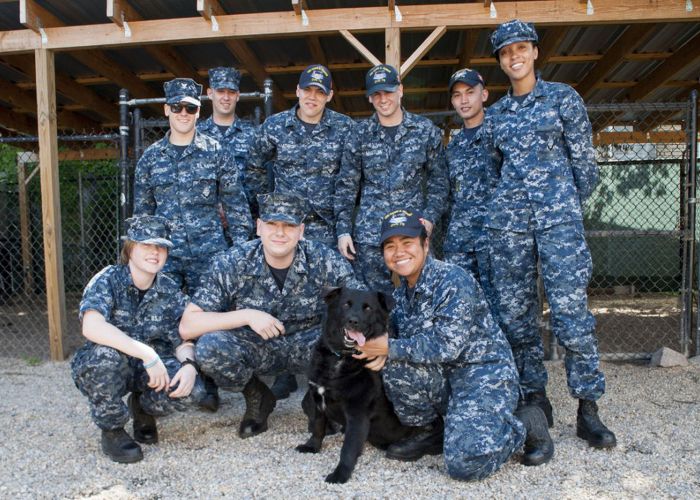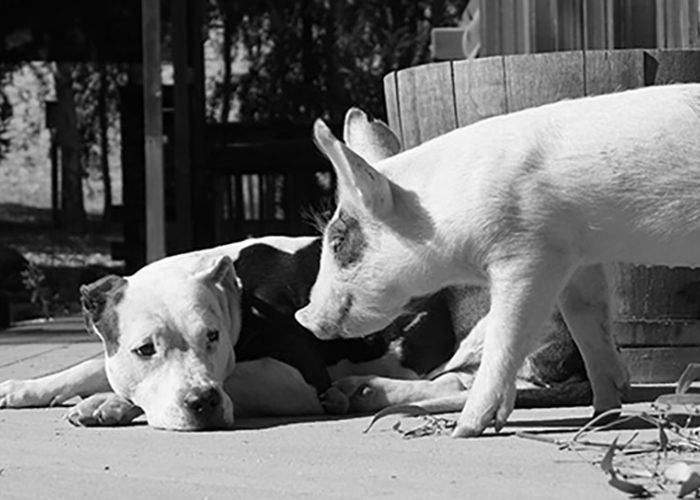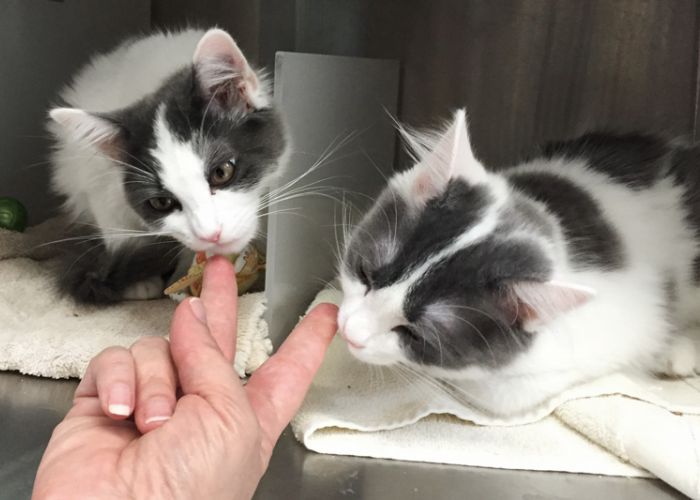Fact sheet: Raccoons
Download our fact sheet to educate the public about raccoon run-ins

Raccoon facts
- Highly intelligent mammals able to swim, climb and solve complex puzzles
- Found in almost every major urban, suburban and rural habitat in the 48 contiguous states
- Small, very sensitive, human-like hands with five fingers but no thumb
- Varied and seasonal diet of nuts, fruits and vegetables, insects, invertebrates, fish, amphibians, snakes, mice and baby rats
- Adept at exploiting human sources of food like unprotected trash and bird seed
- Usually nocturnal but may forage or respond to predators, humans or other potential threats during the day
- Mate in late winter and use a wide range of natural and man-made den and resting sites that may include unprotected attics and chimneys
Prevent raccoon run-ins
- Never intentionally feed raccoons; avoid feeding pets outside and pick up fallen fruit.
- Purchase wildlife-proof trash cans, or secure lids with bungee cords.
- Hang bird feeders from clotheslines, purchase raccoon guards or consider removing bird feeders and installing seeding and fruiting native plants instead.
- Try hot sauce, motion-activated lights and sprinklers if an unwanted raccoon is frequenting a place in your yard where you don’t want them.
- Use single-strand electric wire or exclusion fencing around raised vegetable beds or to protect fish in water features.
- If unoccupied, cover attic and crawl space gaps and install chimney caps, and use lockable pet doors.
- Lock all duck and chicken coop doors and use 16-gauge 1” welded wire to protect windows and open areas.
Handle raccoon run-ins
In your attic? Never trap and relocate raccoons, which usually means death for both the raccoon and her kits. If the kits are old enough to walk, humanely harass your unwanted tenants with a combination of bright lights, loud noises and a bowl of cider vinegar depending on where they are in the home. Once you’re certain they’re all gone, follow the Center for Disease Control’s raccoon feces removal recommendations or hire cleanup professionals if you find a latrine area. Cover available entry points with the appropriate exclusion materials to prevent future families from moving in.
In your chimney? Never try to smoke them out, as kits and mom are often trapped and die from smoke inhalation, making your removal problem far worse. The most effective and humane approach is to wait until after they move out, which they will, allowing you to install a chimney cap to prevent future issues. If waiting is not an option, hire a wildlife professional who will keep the raccoon family intact and release within their home range using an eviction and exclusion strategy.
Document








